Which St James’ Way should I choose? Let us help you!
The new Eroski Consumer St James’ Way guide helps you choose the route that is best suited to your goals and preferences
Congratulations, you have already made the most important decision: to do the St James’ Way! From now on, you will have many questions to answer: which route to take, where to sleep, what to see, etc. We are here to help. The new EROSKI CONSUMER St James’ Way Guide contains more information and new updated details to enable you to choose the Way that is best suited to you. We will do our best to resolve all your questions and doubts about which route to take in accordance with your physical condition, the best route to choose in accordance with the time you have available or, for example, the most interesting route for avid architecture and history enthusiasts.
Ultreia and buen camino!
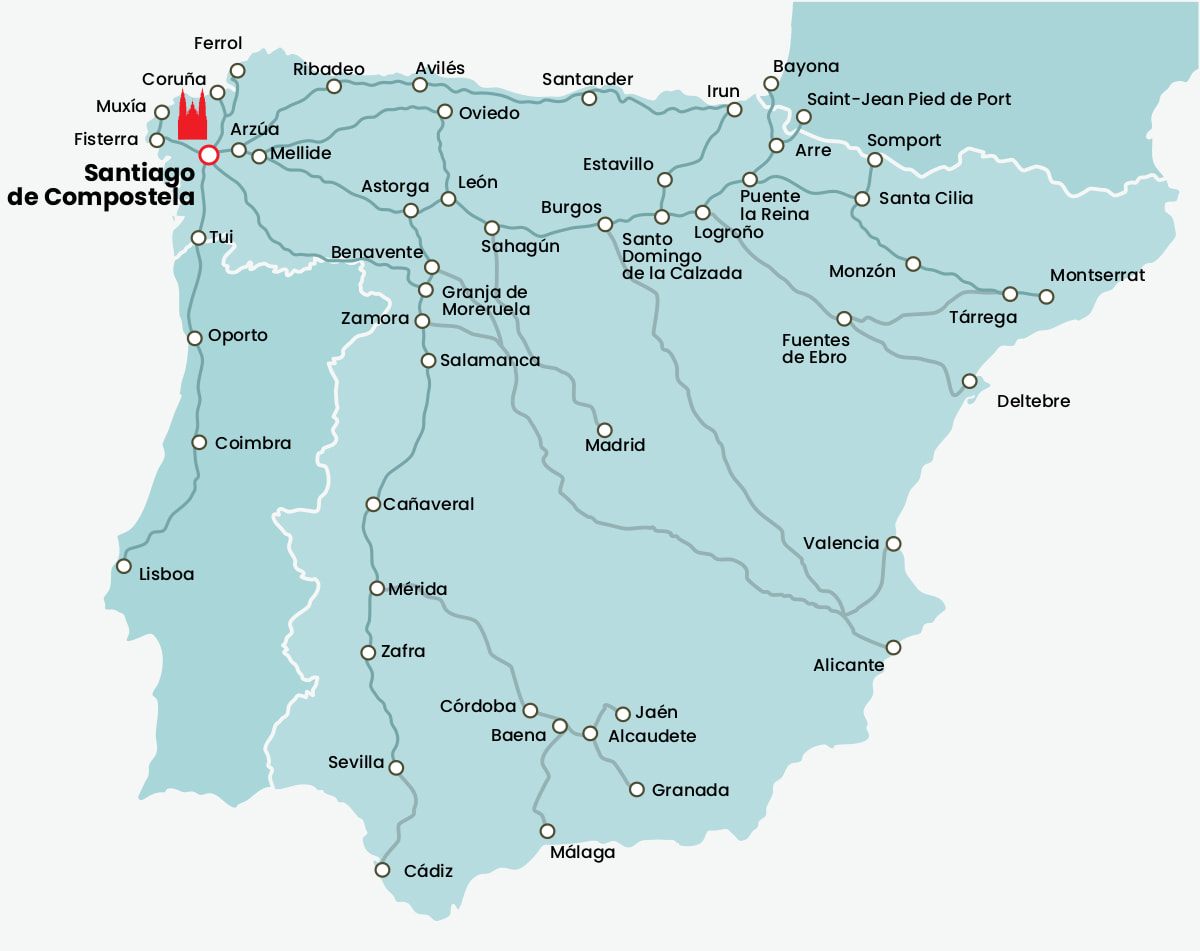
French Way
Primitive Way
Northern Way
Silver Way
Sanabrés way
Basque Way
Portuguese Way
Catalan Way through San Juan de la Peña
Baztan Way
English way
San Salvador Road
Epilogue to Fisterra and Muxía
Number of Ways and stages
The St James’ Way was always (and still is) the oldest, most travelled and most celebrated pilgrim trail on the old continent. It comprises 12 officially recognised routes or Ways, although there are more. These 12 Ways contain a total of 172 stages, all waiting for pilgrims to explore them on their journey to Santiago de Compostela. In total, over 1,500 km, full of yellow arrows, stunning landscapes and fascinating legends.
However, not all Ways are the same. Each has its own difficulties and is characterised by a specific type of terrain and walking surface. Some Ways follow mountain paths or tracks, others travel along tarmacked roads and many combine steep climbs (the famous ‘leg-breakers’) and descents that require a certain amount of training if you want to avoid tendinitis and muscular problems that may make it hard for you to finish.
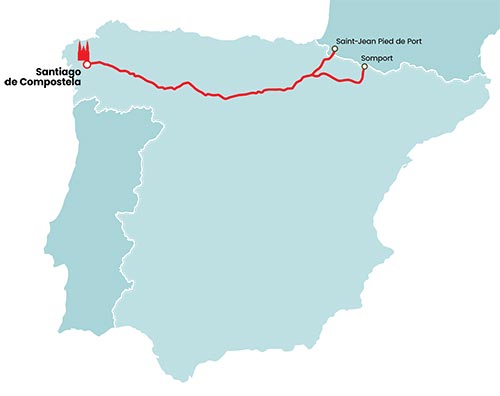
French Way
The most important and popular axis of the Xacobean pilgrimages
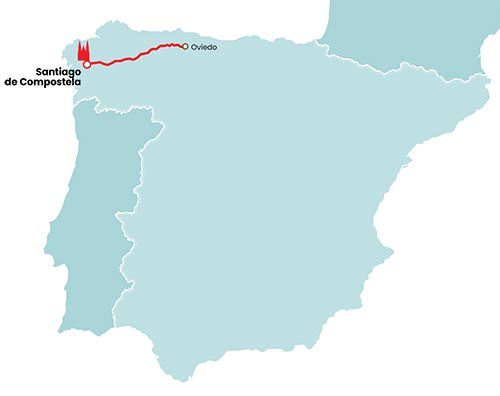
Primitive Way
Starting point to discover the path of the first known path
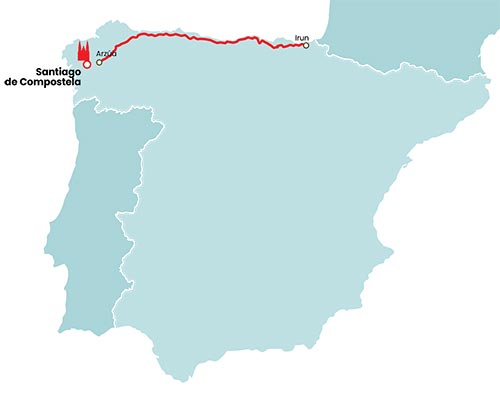
Northern Way
Old road and preferred by the European kings of the Middle Ages
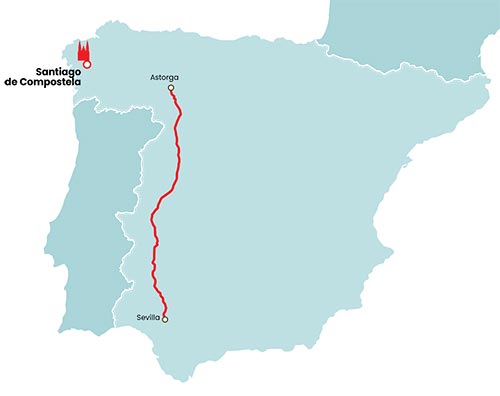
Silver Way
The most important road from the south of the peninsula
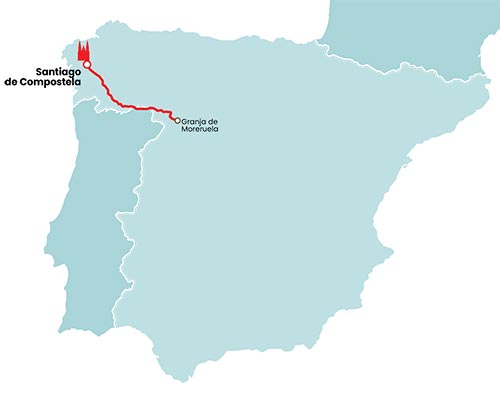
Sanabrés way
Road connecting the center of the peninsula with northern Spain
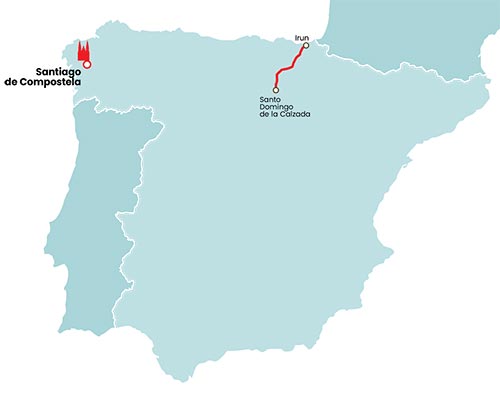
Basque Way
Basic xacobeo axis and entrance door to the center of the peninsula
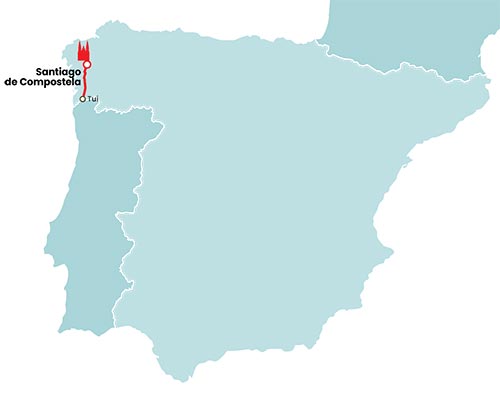
Portuguese Way
The most important Portuguese Way and second road with more influx
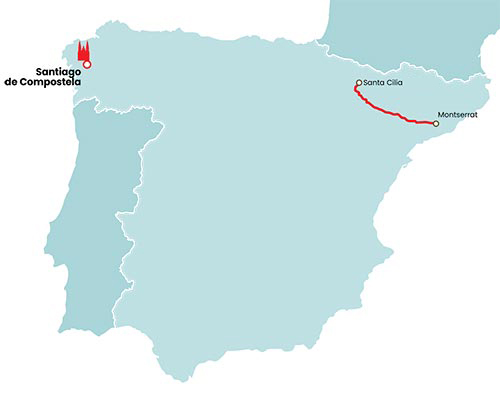
Catalan Way through San Juan de la Peña
Road that departs from Montserrat and joins others as it passes through Aragon
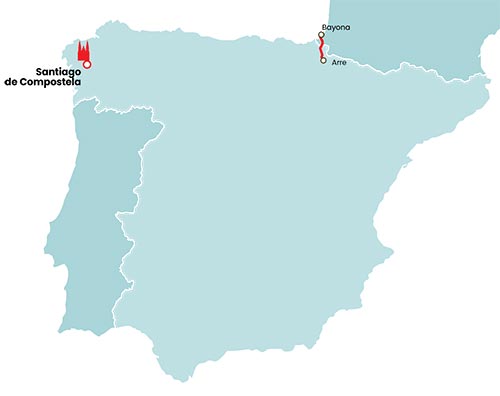
Baztan Way
Itinerary that converges with the French Way at the gates of Pamplona
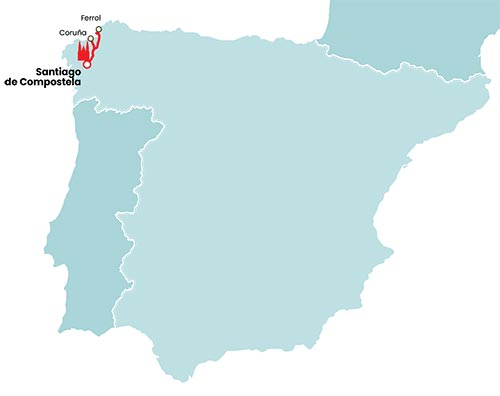
English way
Ferrol and A Coruña, two alternatives for the beginning of this route
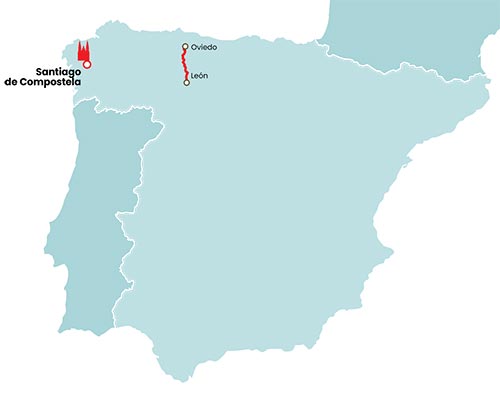
San Salvador Road
Route from Parador Nacional San Marcos de León and Oviedo Cathedral
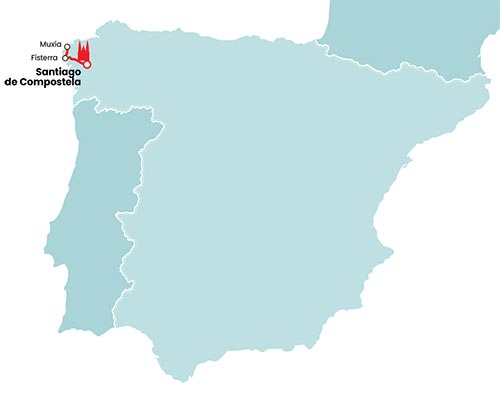
Epilogue to Fisterra and Muxía
Extension of the different roads from Santiago hata Fisterra and Muxia